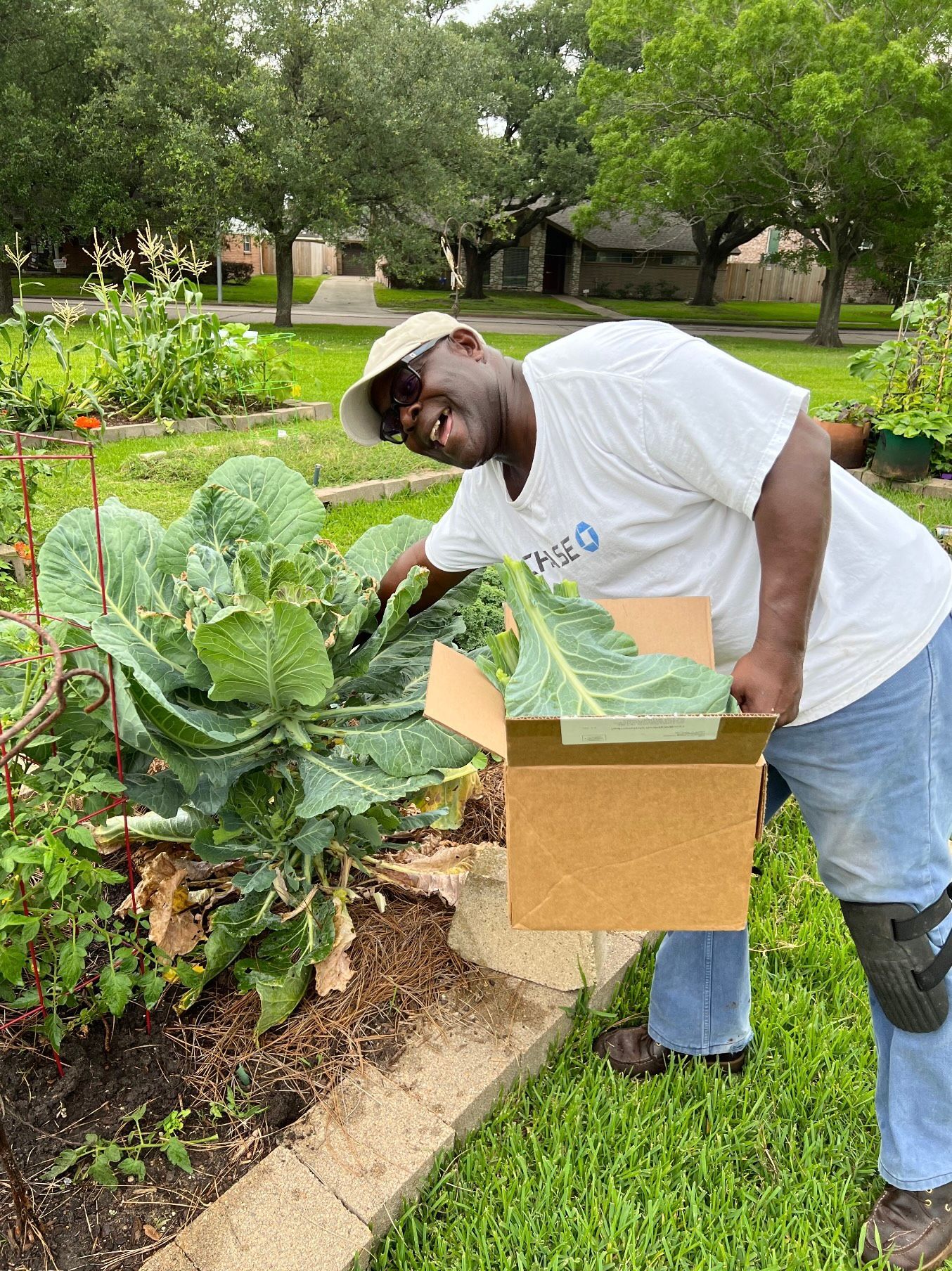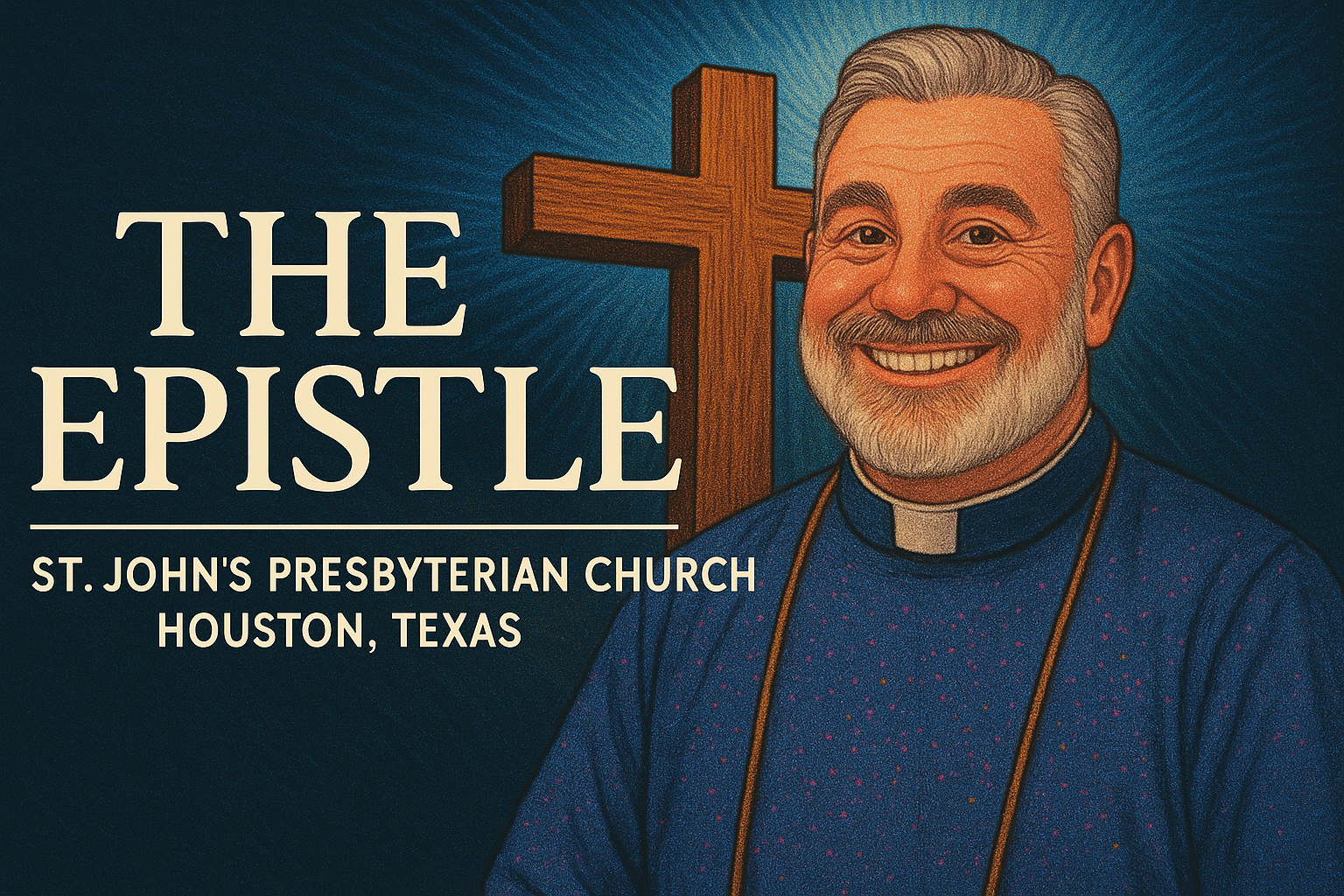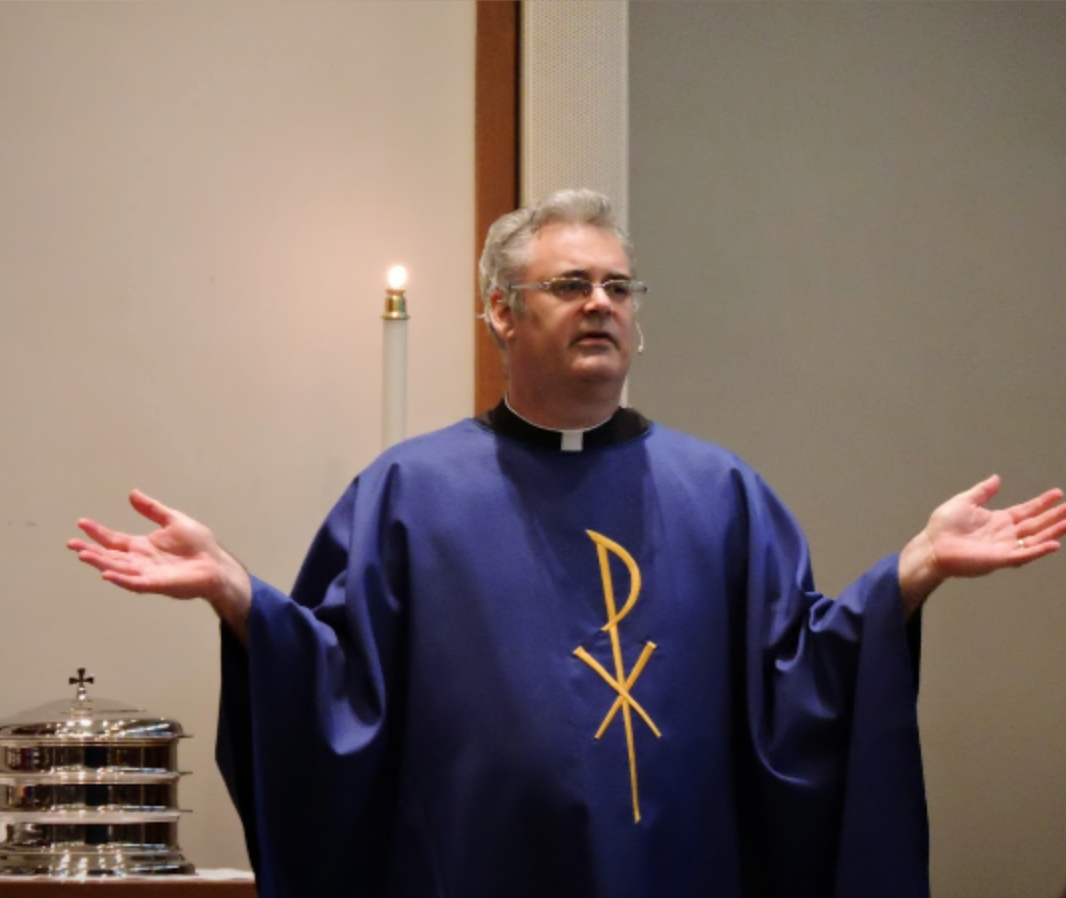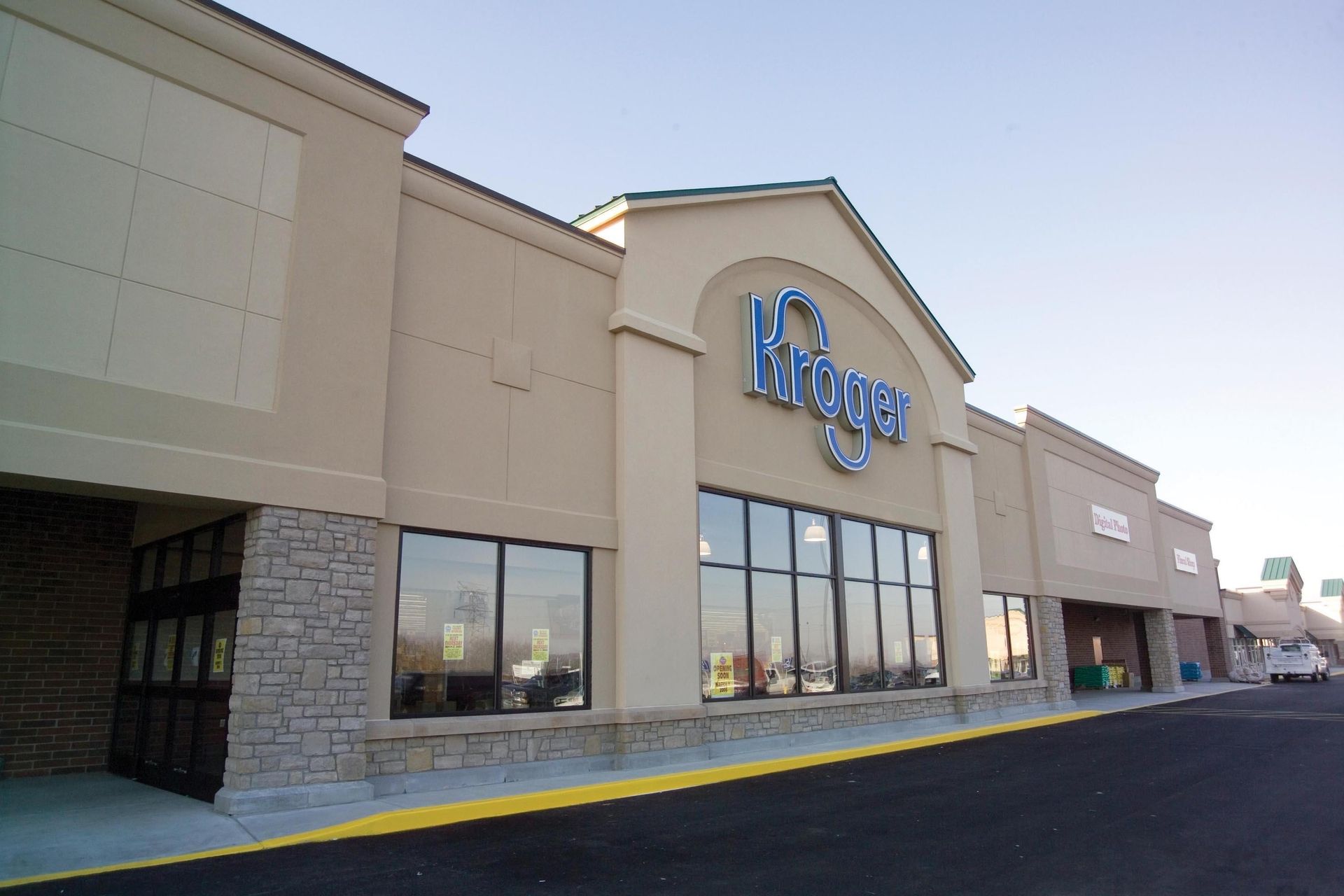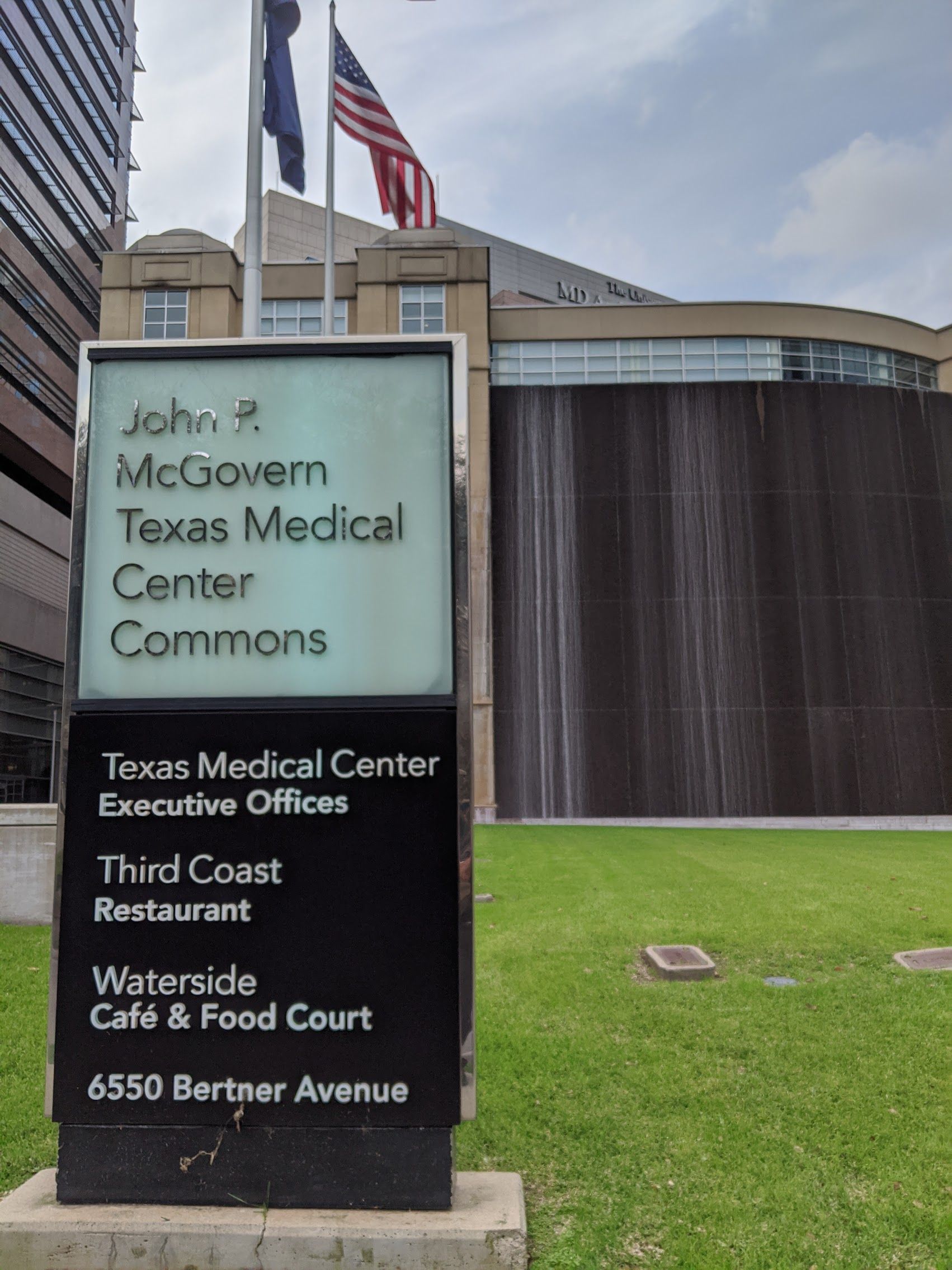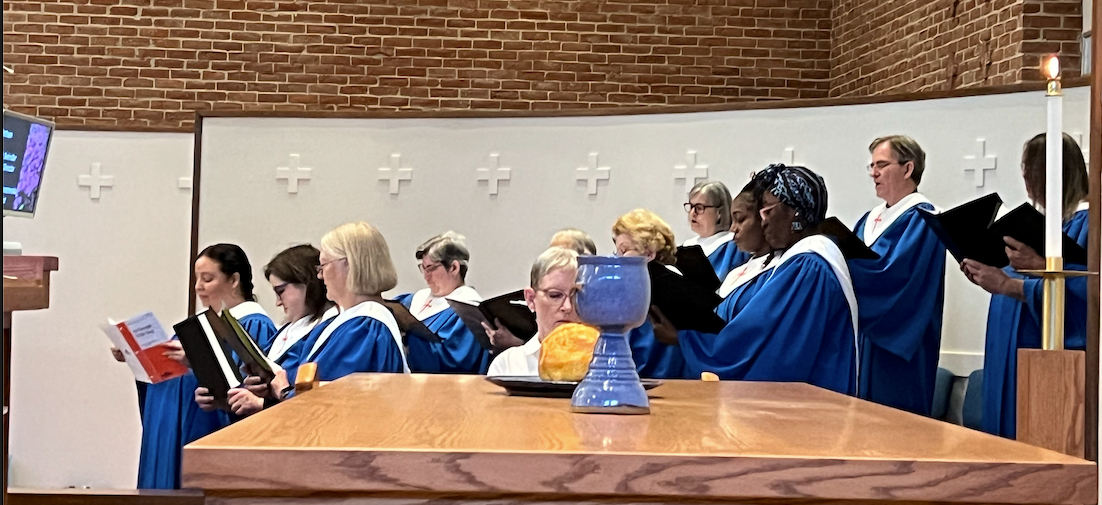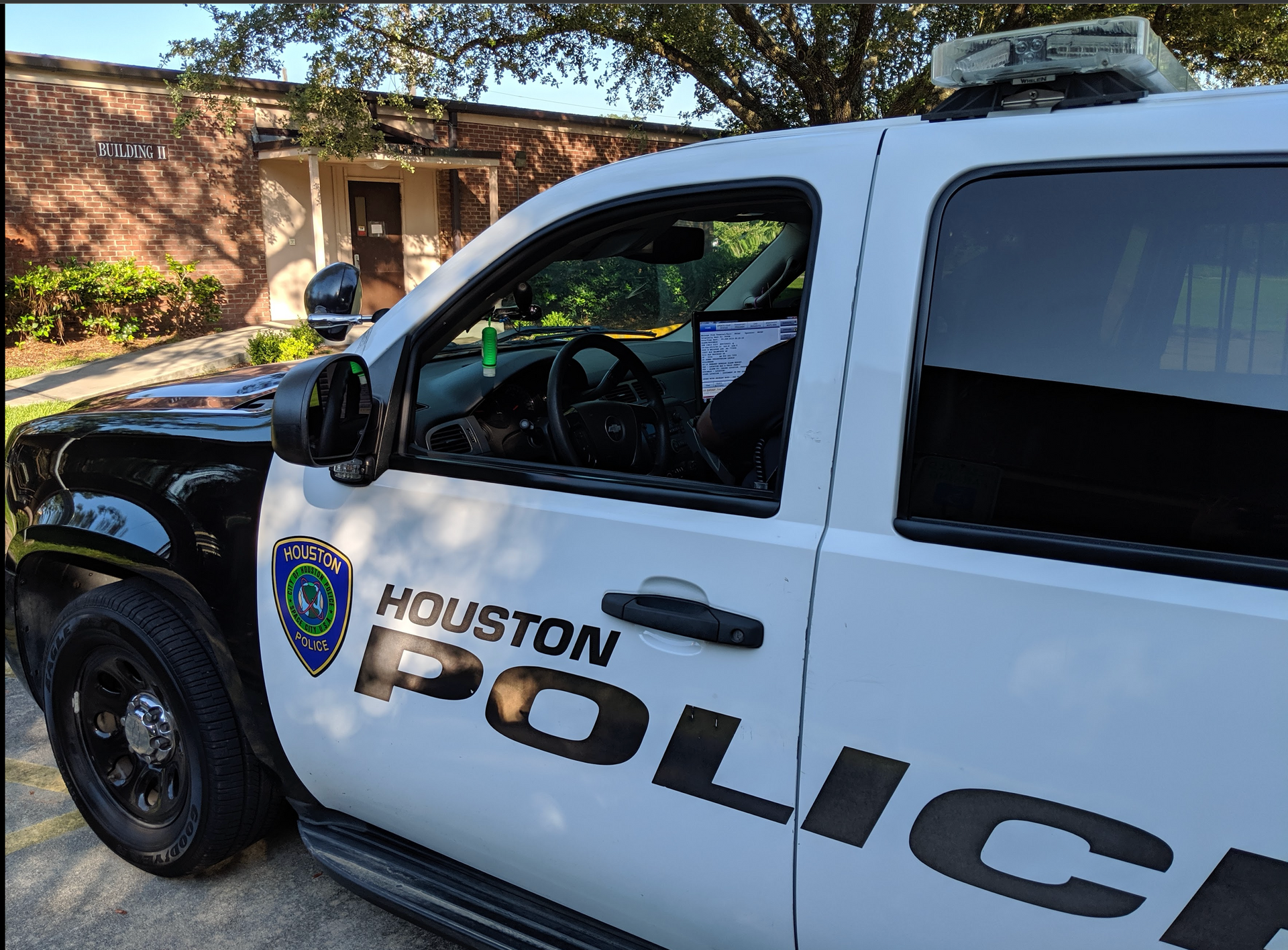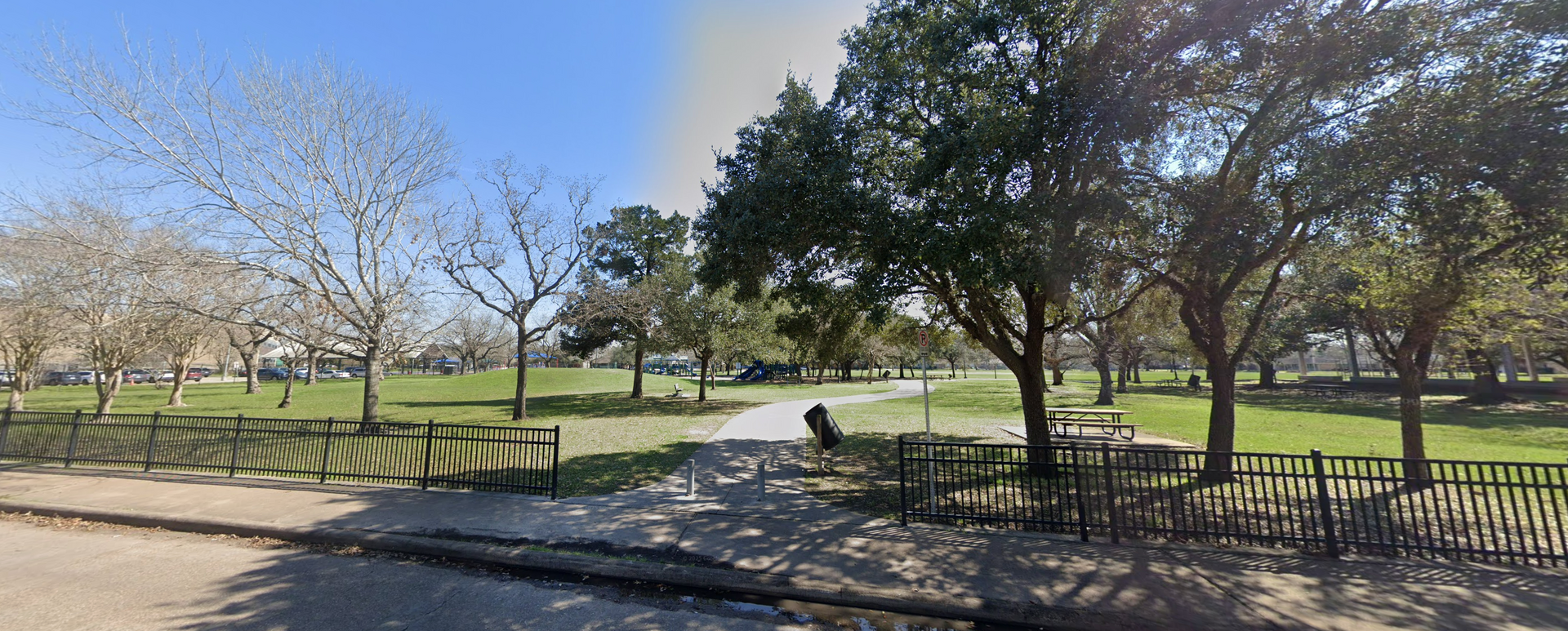Community Garden Houston: Our Neighbors Helping Neighbors at St. John's
Last Tuesday afternoon, I watched Margaret teach Jose how to stake tomato plants properly.
Margaret is 78 years old. She's been gardening since her mother showed her how to plant green beans in their Victory Garden during World War II. Jose is 34, moved to Houston from El Salvador three years ago, and had never grown anything in his life until he joined our community garden last spring.
They didn't speak much of the same language, but that didn't matter. Margaret demonstrated with her weathered hands, and Jose watched carefully, nodding as he mimicked her movements. When the tomato plant stood securely staked, they both smiled. No translation needed for that.
This is what community actually looks like when you strip away the programs and the metrics and the strategic plans.
I'm Pastor Jon at St. John's Presbyterian Church in Houston, and I want to tell you about our community garden. Not because it's impressive (it's not), but because it taught me something about what happens when neighbors actually help neighbors instead of just talking about helping neighbors.
Why We Started a Community Garden (And Why Most Church Gardens Fail)
Here's the honest truth: I didn't want to start a community garden.
When several members first suggested it five years ago, I thought it sounded like another well-meaning church project that would require constant pastoral oversight, consume volunteer energy, and quietly fade away when the initial enthusiasm wore off.
I'd seen it happen at other churches. Big launch with photos for the church newsletter. Six months later, weeds reclaiming the space and nobody willing to admit the project failed.
But our members kept bringing it up. Not the same few people pushing their pet project, but different people at different times, all saying variations of the same thing: "We have this space behind the church. It's just sitting there. What if we used it to grow food and give it away?"
So we started small. Really small. Six raised beds on a patch of land behind our building at 5020 West Bellfort Avenue. We asked for volunteers, expecting maybe eight or ten people to show up for the first workday.
Twenty-seven people came.
They brought shovels and wheelbarrows. They brought seeds and starter plants they'd grown at home. They brought their kids, their neighbors, even a few people who'd never set foot in our church before but saw the announcement on our community Facebook page.
That first season, we grew tomatoes, peppers, squash, green beans, herbs, and more cucumbers than anyone knew what to do with. We gave away everything we grew to anyone who needed it. No forms to fill out. No income verification. Just: "Would you like some fresh vegetables?"
By the end of that first summer, I understood what our members had been trying to tell me all along. This wasn't about the garden. It was about creating space for neighbors to actually neighbor each other.
What Makes a Community Garden Actually Work
Most community gardens in Houston follow the same model. You rent a plot for a fee, you grow what you want in your plot, you take home what you grow. It's essentially private gardening that happens to occur in a shared space.
That's not what we do at St. John's.
Our garden operates on a completely different principle, and it's this principle that makes the difference between a garden that builds community and a garden that just provides hobby space for people who like to garden.
We grow everything together, and we give everything away.
Nobody owns a plot. Nobody gets to claim "their" tomatoes or "their" peppers. Every Saturday morning during growing season, whoever shows up works on whatever needs doing. We plant together, weed together, harvest together, and distribute together.
This sounds simple, but it changes everything.
When you're working a private plot in a community garden, you show up when it's convenient for you, you do your work, and you leave. You might chat with the person in the next plot, but you're not really depending on each other.
When you're working a shared garden where everything belongs to everyone, you actually have to talk to each other. You have to coordinate. You have to make decisions together about what to plant and when to harvest. You have to trust that other people will water when you can't be there.
You have to become a community, not just individuals who happen to garden near each other.
I write about this kind of transformation in my book Grace Notes in New Orleans: Spirit-Filled Parables for America Today, where I explore how modern parables reveal God's kingdom breaking into ordinary neighborhood spaces. From the heart of the Great Smoky Mountains in Cherokee, North Carolina, to the bustling streets of New Orleans, from the quiet farms of Arizona to a music festival in a tiny town in Alaska, "Grace Notes in New Orleans" presents a series of original stories that mirror our society's complexity. Each narrative is a carefully woven tapestry that brings Jesus' parables into today's world, exploring themes of grace, redemption, and spiritual awakening amidst the struggles of modern life. The community garden has become one of those spaces where we've watched the kingdom show up in unexpected ways.
The People Who Show Up (And Why They Keep Coming Back)
Let me tell you about the people who make our community garden work.
There's Robert, who comes every Saturday morning without fail. He's retired, lives alone, and admits he started coming to the garden because he was lonely. "I can only watch so much TV," he told me once. "At least here, I'm doing something that matters."
Robert is now our unofficial garden manager, though we've never given him that title. He just knows what needs doing and makes sure it gets done. When new volunteers show up, Robert shows them around, teaches them what to do, makes them feel welcome. He's created a role for himself that didn't exist before, and our garden is better for it.
There's the Martinez family, who started coming because their kids were spending too much time on screens. The parents wanted their children to understand where food comes from and learn to appreciate the work that goes into growing it. Now, every Saturday morning, you'll find the whole family out there. The kids have their own section where they plant flowers alongside the vegetables. They've made friends with other kids who come with their families. The parents have made friends with other parents.
Nobody planned this. It just happened when we created space for it to happen.
There's Patricia, who works two jobs and can only come occasionally. But when she comes, she brings her mother, who doesn't speak English but spent her whole life farming in Mexico before moving to Houston to be near her daughter. In the garden, Patricia's mother is the expert. People seek out her advice about pest control and soil preparation. She has status and respect in a country where she often feels invisible.
There's James, who started volunteering at the garden as part of his recovery from addiction. His sponsor suggested he needed to do something with his hands, something that would get him out of the house and around other people in a healthy environment. Three years later, James is sober, employed, and still showing up every Saturday. He credits the garden with saving his life, though I suspect the community that formed around the garden deserves more credit than the tomato plants.
The Theology You Don't Have to Explain
Here's something interesting about our community garden: we've never preached a sermon about it during worship. We've never done a Bible study series on gardening and the kingdom of God. We've never made it explicitly "religious" in any obvious way.
But people understand the theology anyway.
When you plant seeds together and watch them grow, you learn about patience and seasons and trusting processes you can't control. When you share the harvest freely with anyone who needs it, you learn about abundance and generosity and how there's always enough when we stop hoarding. When you work alongside people who don't look like you or talk like you or believe exactly what you believe, you learn about the kingdom of God being bigger than your categories.
You don't have to explain these things. People experience them directly.
Last summer, a woman from the neighborhood stopped by while we were harvesting. She wasn't a church member. She'd been walking past and was curious about what we were doing. Someone handed her a bag and said, "Help yourself to whatever you'd like."
She looked confused. "How much does it cost?"
"Nothing. It's free. We grow it for the neighborhood."
She stood there for a moment, holding the empty bag, trying to process this. Then she asked the question that gets to the heart of everything: "Why would you do that?"
One of our volunteers, not me, answered before I could. "Because that's what neighbors are supposed to do. Help each other."
The woman filled her bag with tomatoes, peppers, and squash. She came back the next week with her husband and asked if they could help in the garden. They've been regular volunteers ever since.
That's how community actually spreads. Not through programs or advertising, but through people encountering something different from what they're used to and wanting to be part of it.
In
The Spiritual Journey: Bronson Alcott’s Transcendental Theology, I explore how God's presence shows up in ordinary community interactions when we create space for generosity and connection. Our garden has become one of those spaces where people encounter grace without anyone having to use that word.
What We've Learned About Giving Food Away
When we first started the garden, we thought the main impact would be providing fresh vegetables to people who couldn't afford them. That's part of it, but it's actually the smallest part.
The bigger impact is what happens in the exchange itself.
When you are invited to come to a table to receive food, you're in the position of someone being helped. When you are invited to come into the garden to harvest food alongside the people who grew it, you're a participant, not a recipient. You're part of the community, not someone the community is serving.
We've watched this shift change people's relationship to the garden and to our church.
People who initially came just to look at the vegetables started asking if they could help water or weed. People who came to help in the garden started showing up for worship on Sundays. Not because we pressured them or invited them or made it a condition of receiving food. They showed up because they felt connected to this community and wanted to be more involved.
This is mission at its most basic level. Not programs we do for people, but relationships we build with people. Not charity we provide, but community we create together.
We've distributed a lot of fresh produce to our partners at the Braes Interfaith Ministries (BIM) Food Pantry over the past five years. But the real harvest isn't measured in pounds of tomatoes. It's measured in relationships formed, loneliness reduced, neighbors knowing each other's names.
The Practical Realities Nobody Talks About
Let me be honest about the challenges, because if you're thinking about starting a community garden at your church, you should know what you're getting into.
Gardens require consistent work. The vegetables don't care if it's inconvenient for you. They need water, weeding, harvesting on their schedule, not yours. If you can't maintain a core group of people who will show up regularly, your garden will fail.
Gardens cost money. Even though we keep costs minimal, we still need to buy seeds, soil, mulch, tools, and water. Our church budget includes a line item for garden expenses. It's not huge, but it's real money that could be spent on other things.
Gardens attract pests. I mean both the insect kind and occasionally the human kind. We've dealt with aphids, squash vine borers, and once, someone who helped themselves to our entire harvest of peppers overnight. (We hope they needed them.)
Gardens require knowledge. If nobody in your church knows anything about gardening, you'll have a steep learning curve. We're fortunate to have several experienced gardeners in our congregation who know what they're doing. If you don't have that, you'll need to find it.
Gardens take space. We're blessed with land behind our building that wasn't being used for anything else. If your church is all building with no open land, a garden might not be feasible.
I mention these challenges not to discourage you, but to help you think realistically about whether a community garden makes sense for your context. Not every church can or should have one.
But if you have the space, the people, and the commitment, a community garden can become one of the most effective mission activities your church does. Not because it's sophisticated or impressive, but because it's simple and real.
Why This Matters in Houston Specifically
Houston is a city where people often don't know their neighbors.
We live in air-conditioned houses, get into air-conditioned cars, drive to air-conditioned workplaces, and come home the same way. We can live next to someone for years without ever having a real conversation with them.
This isn't entirely our fault. Houston's heat makes outdoor interaction difficult much of the year. Our sprawl means neighbors might work on opposite sides of the city and rarely be home at the same time. Our diversity can feel like a barrier when you don't speak the same language as the family next door.
But isolation kills community, and community is essential to human flourishing.
The community garden creates a reason for people to be outside together, working toward a common goal, during the mornings and evenings when Houston weather is actually tolerable. It creates a shared project that transcends language barriers and cultural differences. It creates regular rhythms of gathering that build relationships over time.
This matters in a city like Houston, where loneliness is epidemic despite (or maybe because of) our massive population. The garden gives people a place to belong, a role to play, a way to contribute that actually matters.
In the Westbury and Meyerland neighborhoods where St. John's is located, we're surrounded by people from dozens of countries speaking dozens of languages. The garden has become a space where those differences are assets rather than barriers. Someone always knows how to deal with the pest you're facing or has experience growing the vegetable you're attempting.
Neighborhoods become enchanted when ordinary people create space for extraordinary connection. Our garden hasn't transformed the whole neighborhood, but it has created a small pocket of real community in a city that desperately needs more of them.
What This Taught Me About Church Mission
I've been in ministry long enough to have seen a lot of mission programs come and go. The ones that last have certain characteristics in common.
They're simple enough that regular people can participate without special training. They meet a real need without creating dependency. They build relationships rather than just providing services. They happen in the community rather than requiring people to come to the church building. They're sustainable without requiring constant fundraising or grant writing.
Our community garden checks every one of those boxes.
Anyone can help in a garden. You don't need theological training or special gifts. You just need a willingness to show up and work. This means our garden includes people who would never volunteer for traditional church activities but are happy to dig in the dirt on Saturday mornings.
The need for fresh, healthy food is real, especially in a city where food deserts leave many Houston neighborhoods without access to affordable produce. But because we're teaching people to garden and inviting them to participate, we're not creating a dependency relationship where they need us to keep providing.
The relationships formed in the garden are the most important outcome. People genuinely care about each other because they've worked together, problem-solved together, laughed together when the rabbits ate all the lettuce. Those relationships often extend beyond the garden into other areas of life.
The garden happens in the community, not inside our church building. People interact with it without having to navigate church culture or overcome their discomfort with religious spaces. They can engage with our faith community on their own terms.
And the garden sustains itself with minimal resources. Seeds and soil don't cost much. The labor is volunteer. The land was already there. We're not trying to raise tens of thousands of dollars to keep a program running.
This is what effective mission looks like when you strip away all the complexity and just focus on one simple question: how can we love our neighbors well?
How We Connect the Garden to Worship
I mentioned earlier that we don't preach about the garden during worship. That's true, but we do connect the garden to our faith community in other ways.
During the growing season, we usually have fresh produce available on Sunday mornings for anyone who wants to take some home. This means church members who can't participate on Saturdays still benefit from the garden and stay aware of what's happening there.
We pray for the garden during worship. Not long prayers, just brief mentions during our prayer time: thanksgiving for the harvest, prayers for rain during dry spells, prayers for the volunteers who work there every week. This keeps the garden present in the congregation's awareness.
We invite everyone to join us for workdays, not just the regular Saturday crew. Several times a year, we have special garden days where we encourage people who don't usually come to help with bigger projects like building new raised beds or preparing the garden for a new season.
We've also discovered that the garden creates natural opportunities for conversations about faith. When you're working beside someone for two hours every Saturday, you end up talking about life, and life includes faith. These conversations happen organically, without anyone feeling like they're being evangelized or recruited.
Some of our best ministry happens in the garden without a church building anywhere in sight.
The Kids in the Garden
I need to tell you about what happens when kids get involved in the garden.
Children love the garden. They love getting dirty, they love watching things grow, they love finding bugs (which sometimes help and sometimes hurt the plants), and they love harvesting vegetables they helped grow.
But the real benefit for kids isn't about learning where food comes from or getting exercise or eating vegetables (though all of those are good).
The real benefit is that children in the garden learn to work alongside adults on a project that actually matters. They're not being entertained or managed or kept busy. They're contributing to something real that helps real people.
This is rare in modern American childhood.
Most of what kids do is designed specifically for kids. They go to school with other kids, they do activities with other kids, they're entertained by media made for kids. Their lives are largely segregated from the adult world of actual work and actual responsibility.
The garden breaks down that segregation.
When a ten-year-old is helping harvest tomatoes that will be given away to neighbors who need them, that ten-year-old is doing meaningful work. When a seven-year-old is learning from an elderly church member how to plant seeds at the right depth, that seven-year-old is being taken seriously as a person capable of learning and contributing.
Kids who participate regularly in the garden develop a different understanding of their place in the world. They see themselves as people who can make a real difference, not just people who consume entertainment and wait to grow up.
This is formation in its truest sense. We're forming children into people who understand that life is about contributing to community, not just taking from it.
Starting Your Own Community Garden (Or Not)
If you're reading this and thinking about starting a community garden at your church or in your neighborhood, let me offer a few thoughts.
First, be honest about your capacity. Don't start something you can't sustain. A failed garden sends a worse message to your community than no garden at all. If you can't commit to at least two years of consistent effort, wait until you can.
Second, start small. We started with six raised beds. That's enough to learn from without becoming overwhelming. You can always expand if the garden thrives and you have the volunteer base to support it.
Third, make it genuinely communal. Don't let it become one person's project that everyone else just helps with occasionally. Shared ownership means shared responsibility and shared investment in the garden's success.
Fourth, give everything away. This is what transforms a garden from a hobby into mission. When everything is freely shared, you're making a statement about abundance and generosity that changes how people relate to the garden and to each other.
Fifth, be patient with the community-building aspect. Relationships take time to develop. Don't expect instant community just because you've created a shared space. Trust the process.
Sixth, and this is important: a community garden isn't the only way to build neighborhood connection. If a garden doesn't make sense for your context, find something else that does. The principle is what matters, not the specific form. The principle is: create regular opportunities for neighbors to work together on something that benefits the whole community.
What Neighbors Helping Neighbors Actually Looks Like
Let me close with what I watched happen last month.
Robert, our retired volunteer who comes every Saturday, mentioned during a water break that he needed to rebuild the steps to his front porch. He's 72 and wasn't sure he could do the work himself anymore.
Jose, who Margaret taught to stake tomatoes, heard this. Jose works in construction. He offered to help Robert with the steps.
The next Saturday, Jose showed up at Robert's house with materials and tools. They spent the day rebuilding those steps together. Robert provided lunch and paid for the materials. Jose provided the labor and expertise.
This happened because they knew each other from the garden.
This is what we mean when we talk about mission being relationships rather than programs. The garden created the space for Robert and Jose to meet, to work together, to build trust. When a need arose, the relationship was already there.
The steps are solid now. But more than that, Robert and Jose are friends. They text each other during the week. Robert went to Jose's daughter's quinceañera last month. When Jose's truck broke down, Robert loaned him his car.
This is neighbors helping neighbors. This is community. This is what the church is supposed to facilitate, even when (maybe especially when) it happens completely outside the church building.
Ordinary spaces become sacred when we approach them with intention and generosity. Our community garden became sacred space not because we blessed it or prayed over it (though we did both), but because neighbors started helping neighbors there, and those relationships spilled out into the rest of their lives.
Why This Matters for Your Faith Community
Whether you're looking for a church in Houston, considering how your current church engages mission, or just thinking about what it means to love your neighbors well, the community garden represents something crucial.
Faith has to be embodied. It has to take physical form in the world. You can't just believe right things or have right theology or attend worship services and call that faith. At some point, faith has to become action, and that action has to benefit someone besides yourself.
The community garden is one small, simple, sustainable way that faith becomes action.
It doesn't require a seminary degree or a ministry budget or a strategic plan. It requires some land, some volunteers, some seeds, and a commitment to sharing whatever grows.
But from that simple beginning, community grows. Real community, where people know each other's names and care about each other's lives and show up for each other when it matters.
At St. John's Presbyterian Church, we exist to glorify God by making disciples and meeting human needs. The community garden does both. It makes disciples by showing people what it looks like to live generously and work together toward a common good. It meets human needs by providing fresh food and reducing isolation.
We didn't plan for it to become such a central part of our mission. We just responded to a simple idea: what if we used this space to grow food and give it away?
That simple idea has borne fruit beyond anything we imagined when we planted those first six raised beds five years ago.
An Invitation to Participate
If you live in southwest Houston near Westbury or Meyerland and you'd like to participate in our community garden, you're welcome.
See our garden page on this website to see how to get involved. During growing season (roughly March through November, with a break during the worst of summer heat), there is usually someone working in the garden. No gardening experience required. Just show up ready to work.
If you'd like to visit St. John's Presbyterian Church for worship, we meet Sundays at 11:00 AM at 5020 West Bellfort Avenue. We're the church with the garden out back where neighbors help neighbors and everyone's welcome to harvest what grows.
The garden isn't impressive by the world's standards. We're not feeding thousands. We're not solving Houston's food insecurity crisis. We're not changing the whole city.
But we're changing this small corner of this neighborhood, one Saturday morning at a time. And every person who joins us, every relationship that forms, every act of generosity that ripples out into the community, is a sign that the kingdom of God is closer than we think.
It's right there in the garden, growing alongside the tomatoes.
Looking for more insights about community and faith in Houston? Check out these related articles:
If you're exploring different aspects of church community, you might find these articles helpful:
For those facing difficult times, "Funeral Services Near Me: How St. John's Presbyterian Supports Families" offers insight into how smaller churches walk with people through grief.
Each article explores different aspects of authentic Christian community and what it means to find a church where faith matters in everyday life.
